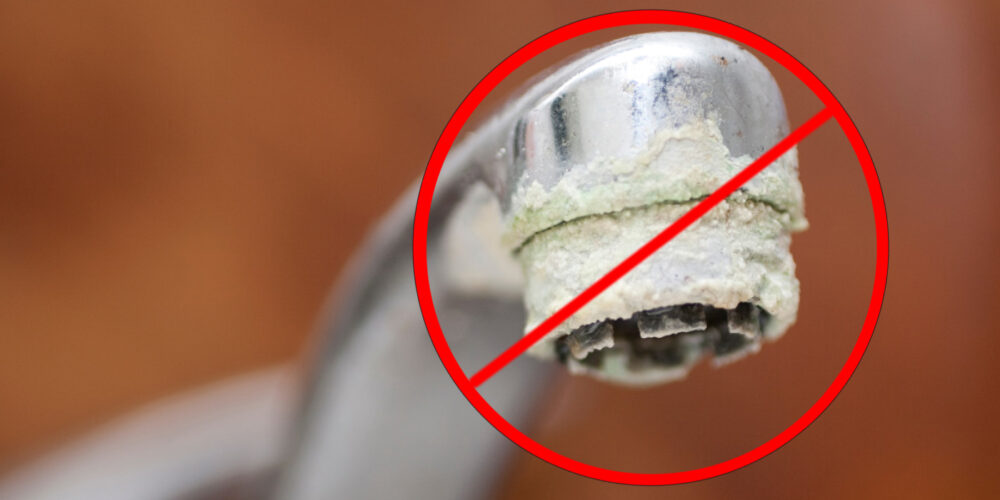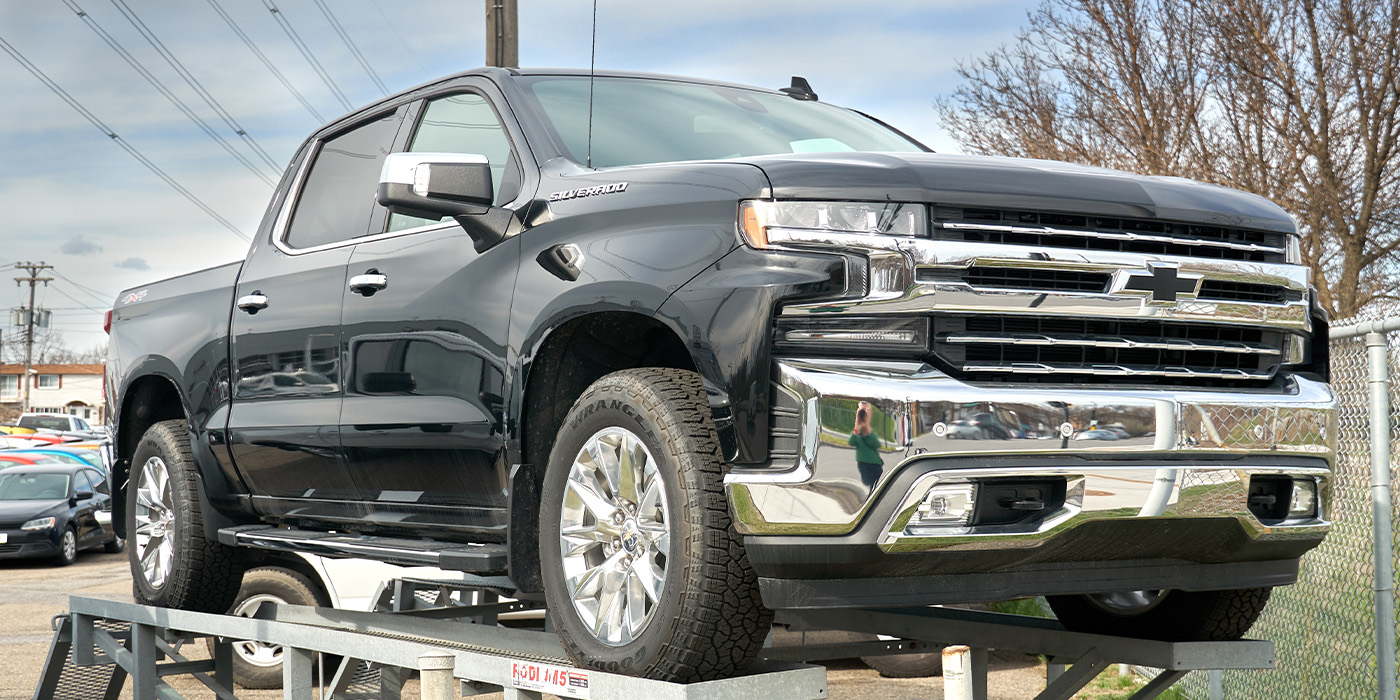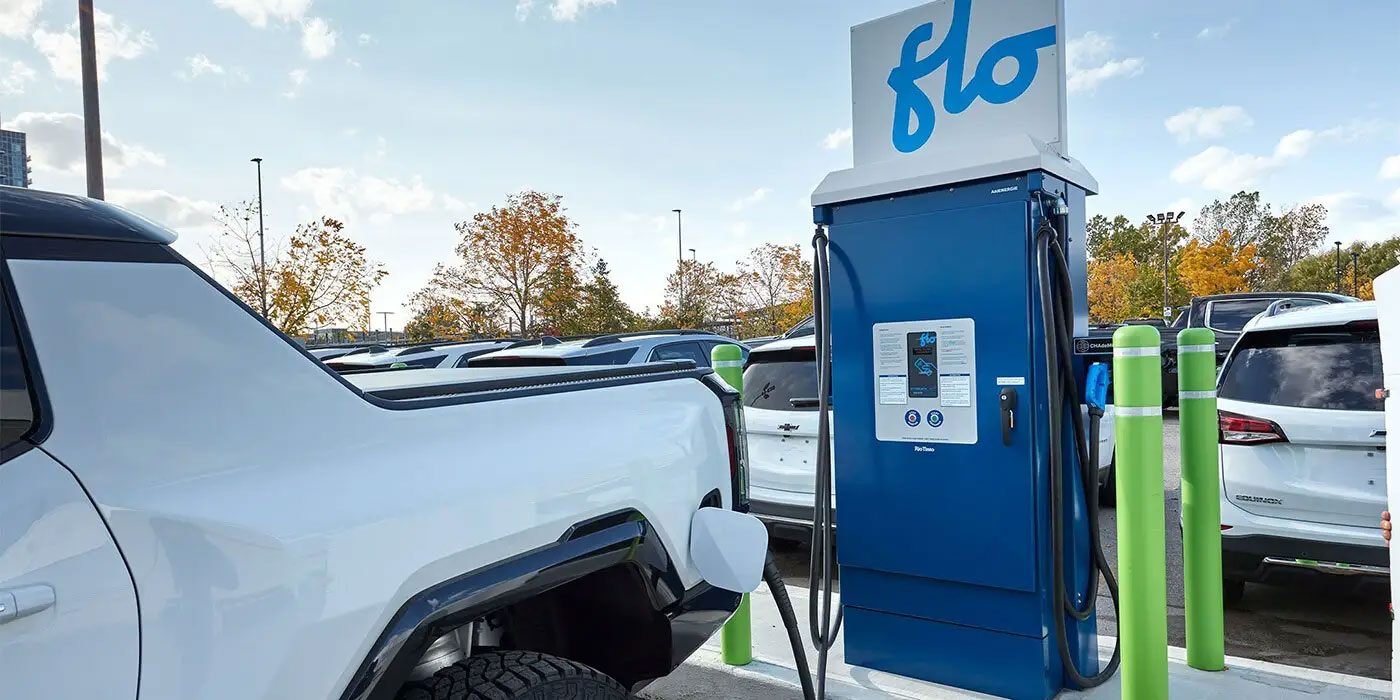Have you ever looked for something in the shop only to be frustrated when someone else comes by (usually the boss) and reveals the item right before your eyes? The opposite happens when you are watching Wheel of Fortune. As you sit in your recliner yelling out the answer (as if the contestants can really hear you) you wonder why they can’t see the obvious. Don’t feel bad. This happens to most people because they are either preoccupied or overlooking the obvious.
Here is a test. Read the following and count ALOUD all the F’s in the sentence. Count them ONLY ONCE: Do not go back and count them again.
FINISHED FILES ARE THE RE-
SULT OF YEARS OF SCIENTIF-
IC STUDY COMBINED WITH
THE EXPERIENCE OF YEARS.
How many did you find? The average person finds only three of them. If you spotted four you’re above average. If you got five you can turn your nose up at almost anybody. If you caught six, you are a genius. Many people forget the "OFs”. There are six F’s in the sentence. The human brain tends to see them as V’s and not F’s.
Unfortunately the same holds true when we are diagnosing simple brake problems. For example: Have you ever installed a replacement caliper only to find out that the piston is not returning properly in the bore hence keeping pressure on the brake pads? As you remove the unit you wonder which day of the week the supplier produced this caliper — Friday or Monday? Maybe we could get Vanna to give that person a pat on the back. You install the second replacement caliper only to find out this one has the same problem. What are the odds of two defective calipers in a row? But wait, don’t forget to count the original. That makes three units! This wheel of fortune is now costing you money and you start to question your diagnosis.
Being simple components why would these calipers not work correctly? It hits you right in the face — three words with nine vowels residual brake pressure! How could I have overlooked the obvious? Most components normally do not fail by themselves. The root cause of failure needs to be determined. Usually calipers fail due to corrosion. Stuck pistons frozen bleeder valves or housings so rusted that the sliding surfaces keep the unit from floating properly are results of corrosion. At least that’s the reason why we assumed the original unit failed in the first place.
Before condemning the parts we should look at the problem in more depth. Don’t fall into the trap of assuming that the part failed because of wear and tear or high miles. A visual inspection of the unit may reveal the real culprit. The easiest test for diagnosing hanging caliper pistons is to open the bleeder valve. Use caution with integral ABS systems. If the piston releases then the problem is NOT the caliper. The diagnosis was easy. Now isolating the real problem takes time.
Some caliper problems are the result of circumstances that may not even be related to the system. What about cruise control? Some applications have cruise control switches located next to the brake light switch at the brake pedal. A misadjusted switch preventing the brake pedal to fully return will cause residual brake pressure. Readjust the switch and the caliper hang-up is eliminated.
Tech Tip courtesy of CARDONE.
For additional information on products offered by CARDONE, visit www.cardone.com.












